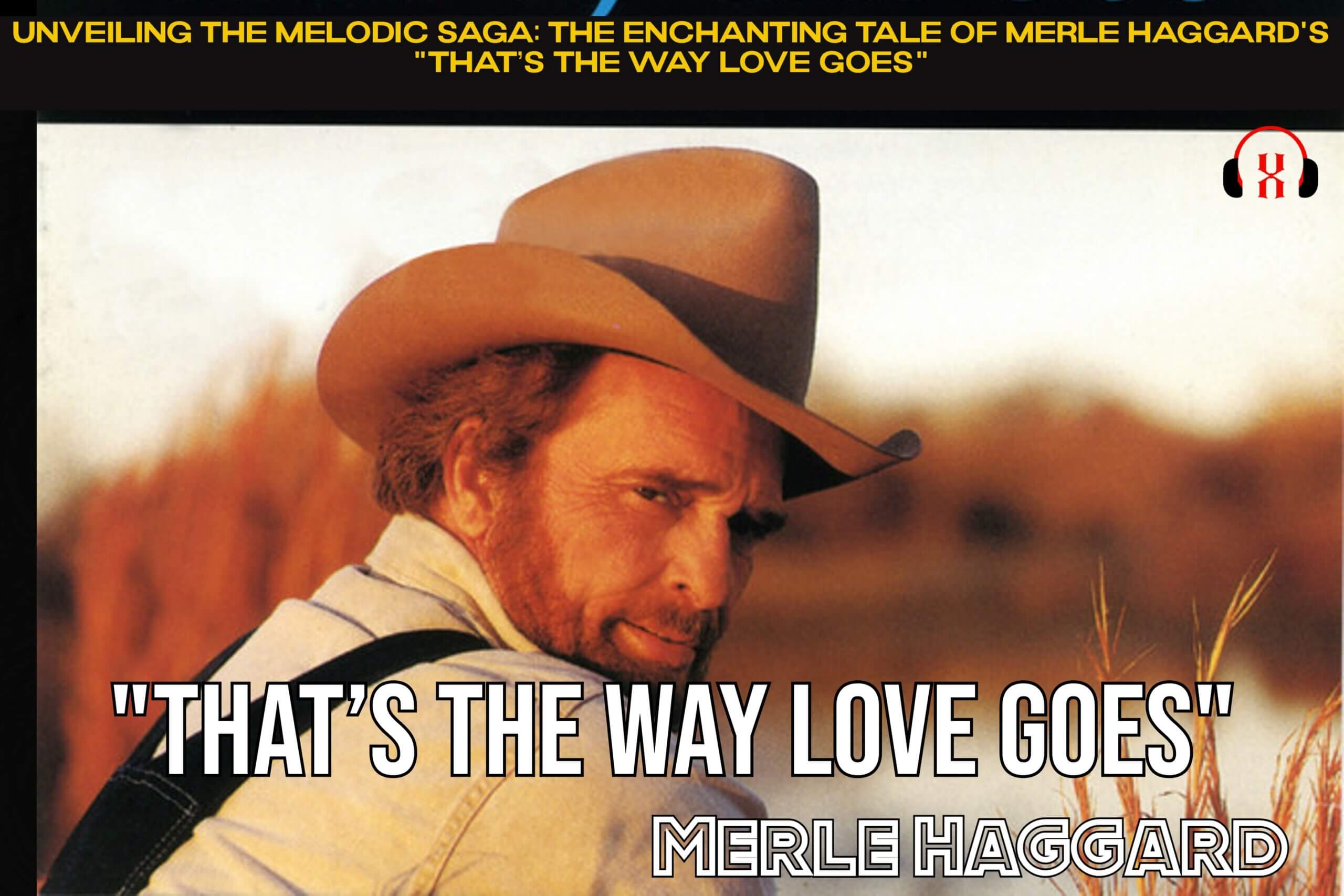![]()
Unearthing the Tale Behind Mel Tillis’s “I Ain’t Never”
In the annals of country music history, the story of Mel Tillis‘s rise from a budding songwriter to a chart-topping artist is a compelling one. Long before he made his mark as a recording artist, Tillis was a wordsmith with an uncanny knack for crafting songs that resonated with the soul of Nashville.
Tillis ventured to Music City in 1956, seeking to secure a recording contract, only to be met with the harsh reality of intense competition. However, amidst the fierce rivalry for contracts, he heard whispers that songs were the coveted gems in the industry.
Armed with this newfound insight, Tillis embarked on a Greyhound bus journey back to his hometown of Pahokee, Florida, determined to hone his songwriting skills. He composed a handful of tunes, and it was serendipity that brought Ray Price into his life. Tillis seized the opportunity to play some of his songs for Price, and the country legend took a liking to one titled “I’m Tired,” without Mel even realizing it. Ray Price, in turn, introduced it to Webb Pierce, who recorded it, propelling the song to #3 on Billboard’s country chart in early 1957.
This early success prompted Tillis’s return to Nashville, where he found a thriving market for his songs, operating under the wing of Cedarwood Publishing Company, co-founded by Webb Pierce himself. Webb Pierce became Tillis’s staunchest supporter, albeit with a financial arrangement that favored Pierce. Their partnership yielded chart-toppers, including the #1 hit “Honky Tonk Song” in the spring of 1957, marking Tillis’s first major breakthrough. Webb Pierce continued to take Tillis’s compositions into the Top Ten over the next two years, with songs like “Tupelo County Jail” (#7) and “No Love Have I” (#4). But the crown jewel was “I Ain’t Never,” which spent an astonishing nine weeks at #2, battling valiantly but unable to unseat The Browns’ 10-week reign at the top with their country and pop smash “The Three Bells.”
Ray Price, too, found success with three of Tillis’s songs, including “One More Time,” which camped at #2 for eight weeks. But Hank Locklin’s “Please Help Me, I’m Falling” held a stranglehold on the top spot for a staggering 14 weeks, keeping Price at bay. The collaboration bore fruit again when Price reached #5 with “Heart Over Mind” in the following year, followed by another near-miss, “Burning Memories,” which spent four weeks at #2 in 1964.
Tillis didn’t limit his creative prowess to Pierce and Price alone. He teamed up with fellow Cedarwood writer Danny Dill to pen “I Wanna Go Home,” initially recorded by Billy Grammer to minimal acclaim. But a transformation occurred when the song was rebranded as “Detroit City” and immortalized by Bobby Bare in the summer of ’63. Tillis’s “All The Time” enjoyed double success, first with Kitty Wells in 1959 and then reaching the pinnacle with Jack Greene’s #1 rendition in 1967. In that same year, Waylon Jennings struck gold with “Mental Revenge,” peaking at #12. As the decade drew to a close, Tillis penned one of 1969’s most successful pop hits, “Ruby, Don’t Take Your Love To Town,” sung by Kenny Rogers and the First Edition.
As an artist, Mel Tillis had to patiently wait until the summer of 1965 to savor his first significant hit when “Wine” climbed to #14, even though he had been recording for seven years by then. His first Top Ten single came in early 1969 with Wayne Carson’s “Who’s Julie.” This marked the beginning of a remarkable run of eight more Top Ten hits, culminating in his first #1 hit – his rendition of “I Ain’t Never” – on September 30, 1972.
In 1970, Tillis signed with the MGM label and joined forces with producer Jim Vienneau, renowned for his work on notable pop hits of the late ’50s and early ’60s. Vienneau’s faith in “I Ain’t Never” as a reborn hit was justified when Mel’s version soared to #1 on Billboard. This triumph set the stage for a fruitful era, with Tillis adding five more chart-toppers to his repertoire, solidifying his position as the 6th most prolific hit maker of the 1970s, according to Billboard. His accolades included the Country Music Association’s “Entertainer of the Year” award in 1976 and a well-deserved induction into the Country Music Hall of Fame in 2007.
In a journey marked by determination and collaboration, Mel Tillis’s ascent from a struggling songwriter to a revered artist stands as a testament to the enduring power of music and the indomitable spirit of those who chase their dreams in the heart of Nashville. His story, woven with the threads of friendship and passion for songcraft, continues to inspire generations of musicians and enthusiasts alike.
Artist: Mel Tillis
Released: 1983
Album: Look At Life
Lyrics
Well, I ain’t never, I ain’t never
Seen nobody like you, no, no, no
Never have I ever seen nobody like you
Lord, you call me up and say, “Meet me at nine”
I have to hurry, hurry, but I’m there on time
I walk right up and I knock on your door
The landlord says, “She ain’t a here no more”
I ain’t never, oh darling, seen nobody like you
But I love you, yeah, I love you, girl
I love you just the same
Well, you tell me sweet things that you don’t mean
You’ve got me living in a haunted dream
You make me do things I don’t wanna do
My friends ask me, “Tillis, what’s wrong with you?”
I ain’t never, oh darling, seen nobody like you
But I love you, yeah, I love you, girl
I love you just the same
Love you just the same, I love you just the same







